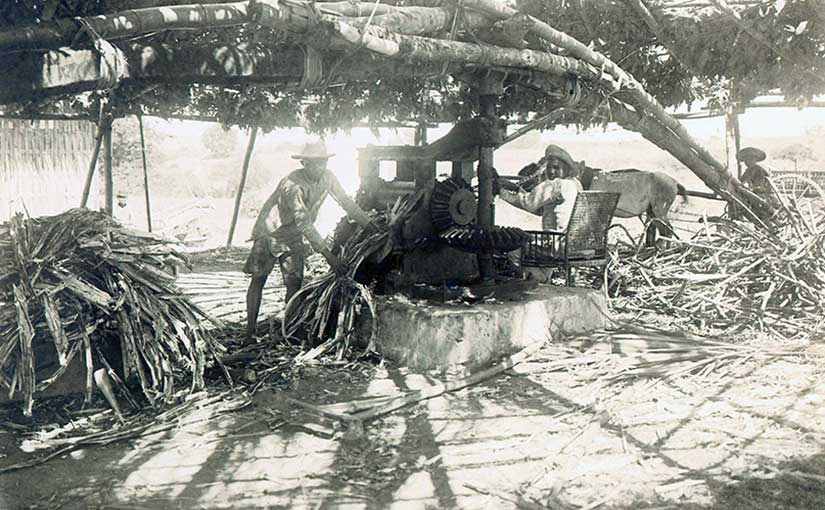When I first chose to write romance set in the Philippines, I made my hero a sugar baron to best fit the chronotope of popular Regency historical romance. Javier grew up in the 1880s and 1890s, when Negros ruled the Philippine and European sugar markets. His parents traveled to Europe in the off-season, and they brought back champagne and horses. He grew up in a beautiful local-style mansion, attended by maids, cooks, and nannies.

However, the true model for Javier (other than Enrique Iglesias, see in Instinct Magazine photo above) was less Darcy and more John Thornton of Elizabeth Gaskell’s North and South. By the time Javier inherits Hacienda Altarejos, the boom times are gone. He has to deal with war (several of them), closed ports, labor shortages, rinderpest and cholera epidemics, drought, and American trade restrictions. Moreover, without a sugar central, his product is no longer the best available. Javier is a good man doing the best he can to keep a major economic enterprise going in tough times. Hacenderos had a reputation of getting rich off the work of their wage laborers, much like the bourgeoisie of industrial Britain—or the fictional factory owners like Thornton. But the reality is that the workers’ jobs depended on Javier and Thornton keeping their doors open, which was not a simple task.
This is not a blanket defense of hacenderos. My story is sugar coated. I romanticized Hacienda Altarejos, and I knew it while I was doing it. The true history of sugar in the Philippines is a story of great injustice. If you did not know that, there is a new documentary out there to guide you through that reality called Pureza: The Story of Negros Sugar. The Gilded Age was fraught with labor disputes on the other side of the Pacific, as well: the Pullman Strike, the Haymarket Riots, the Coal Strike of 1902, just to name a few. This was the other reason Twain used the term Gilded Age, because all that glitters is not gold.

(Note: Hacendero is the older Spanish spelling, though you will often see haciendero in the Philippines and elsewhere. However, in my research, the version without the added “i” was more popular in contemporary sources.)
Featured image from John Foreman’s The Philippine Islands.

